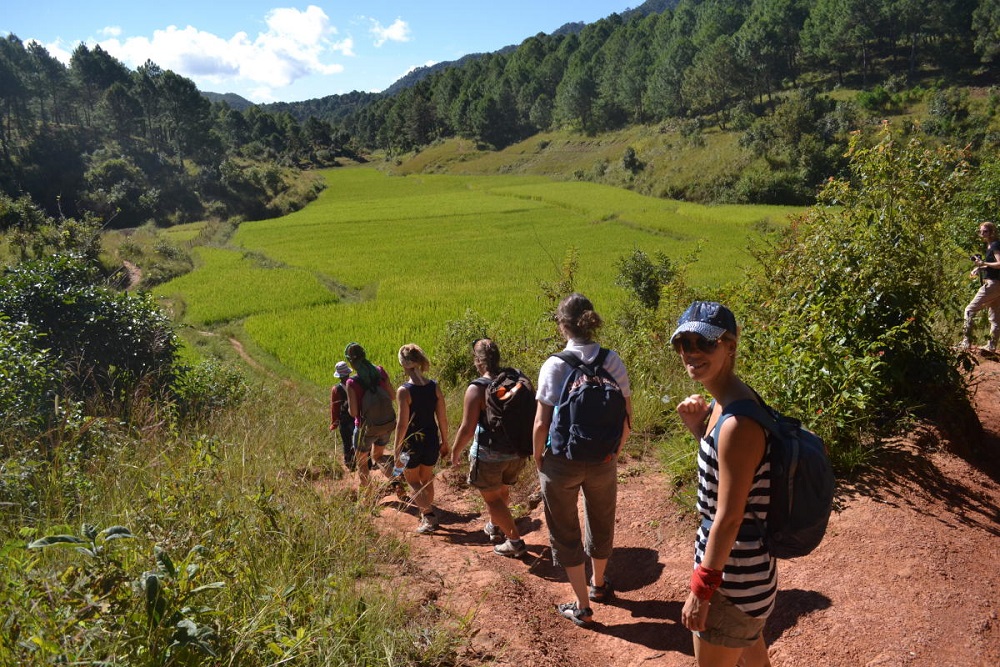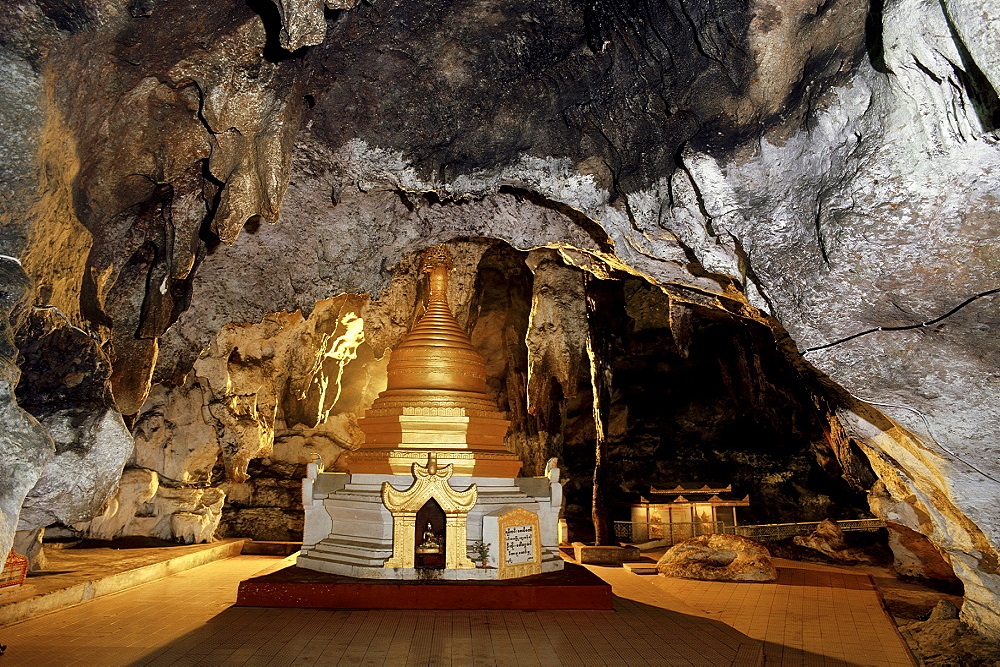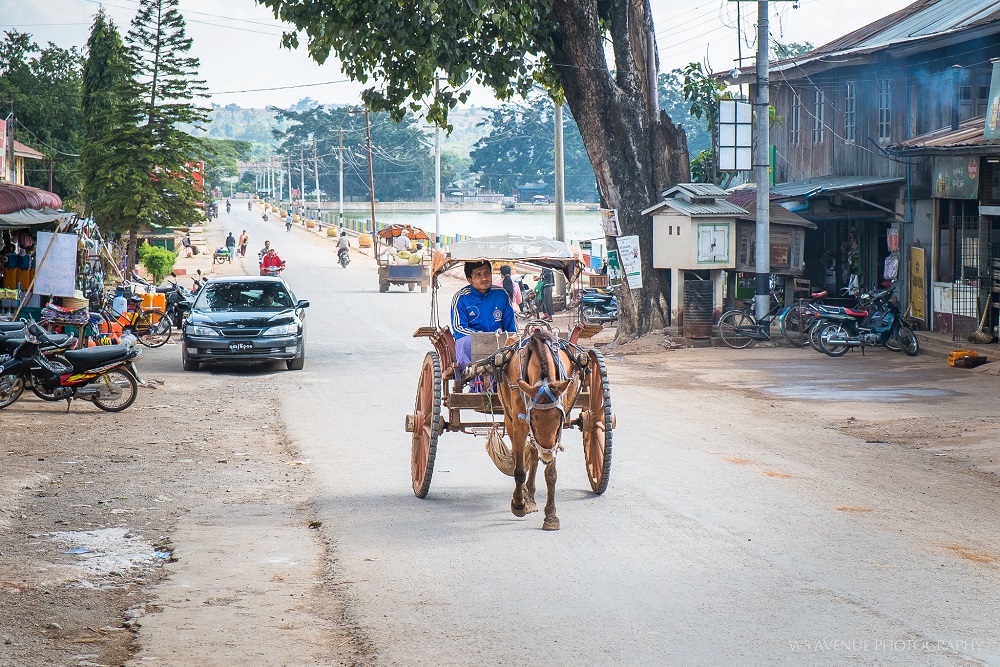PINDAYA TRAVEL GUIDE
The small, charming town of Pindaya grew from its proximity to the calm Boutaloke Lake (sometimes spelled as Pone Thaloke Lake). However, since then, the area has become celebrated for what is found underground there – the massive network of limestone caves and what is contained in them.
Even the name of the town is rooted, by legend, to their famous caves. The legend tells the tale of a giant spider that lived in those caves long ago and the efforts of a brave prince to save a princess (or many princesses, depending on the telling) that was captured by the horrible spider. When the prince had defeated the spider with his bow and arrow, the prince proclaimed, “I got the spider!” The declaration stayed in the local consciousness long enough that the phrase “He got the spider” in Burmese is, “Pingu ya pe”, which eventually became “Pindaya.”
Today, along with the caves, Pindaya is an enduring reminder of times past. Oxcarts still pass through the town, the impressive, old Banyan trees are still creating shade and shelter alongside the dirt roads, and the curved temple spires still stand proud throughout the area.
From here, travelers can journey forward into the Shan Plateau to trek to the villages of the Taung-Yo, Danu, Pa-O, or Palaung. It’s also only a few hours’ drive to Inle Lake, Kalaw, or Taunggyi.
It doesn’t matter whether this is your first or 51st visit to Myanmar: you won’t fail to notice the energy, hope and possibilities for the future that hang in the air
Since the 18th century, local devotees have come to the Pindaya caves to worship and to pay respect by adding an image of the Buddha to the caves each time they visited. This network of three limestone caves, which run from north to south, have now amassed over 8,000 Buddha images of varying size, style, and material, an impressive, spellbinding testament to the Buddhist faith.
Of the three caves, only the southernmost cave can be entered and explore. Shwe U Min Paya (or Shwe Oo Min Paya) is the 15m (49 ft) pagoda located at the entrance to the southernmost cave. From there, visitors can access the cave through a series of covered staircases. There’s even a legend that states that there’s a passage at the end of the southernmost cave, currently blocked-off, that will lead to the city of Bagan.
The oldest of the images is estimated to be from around the mid to late 1700’s, with most from the late 18th and early 19th centuries. However, the pilgrimage and tradition of adding a Buddha image to the cave continue to this day. Visitors from all over the world have carried tokens of their faith from as far as northern Europe and the USA.
There is also a festival at the Shwe U Min Paya, at the first full moon during the Myanmar month of Tabaung (sometime during February/March). The area is filled with the traditional festival events like dancing and performances as well as food stalls and locals selling crafts and souvenirs.
DESTINATIONS IN EASTERN MYANMAR
Kalaw
Kyaing Tong
Inle Lake
Taunggyi



